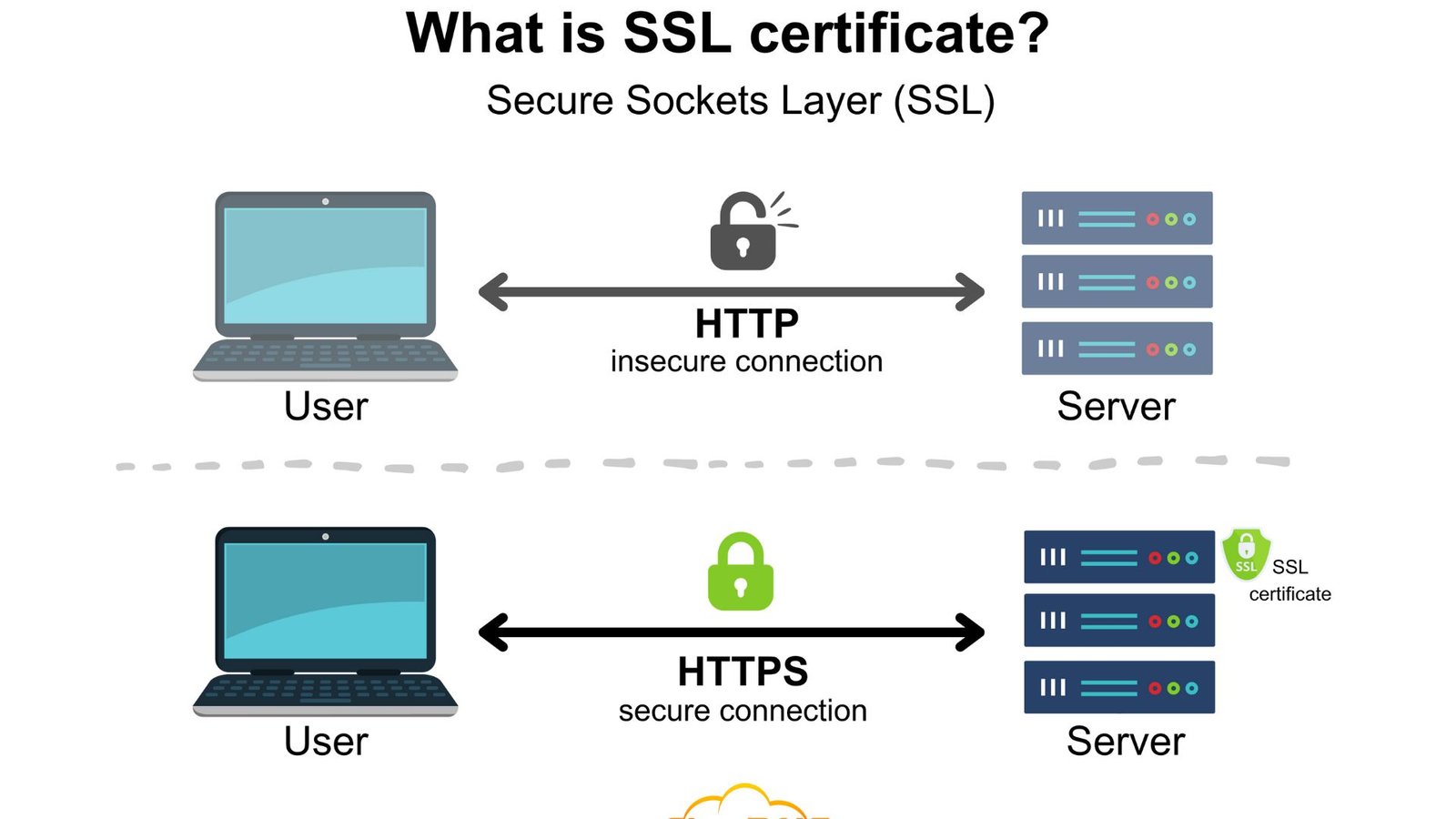Improving web server uptime is crucial for maintaining a reliable and accessible online presence. A website that is frequently down can frustrate users and hurt your business. In this article, we’ll share the best practices for improving web server uptime to ensure your site remains online and performs smoothly.
Practices for Improving Web Server Uptime
Understanding Web Server Uptime
When we talk about improving web server uptime, we are referring to the time your server is operational and accessible to users. High uptime means your server is up and running almost all the time, which is essential for a positive user experience and for building trust with your visitors.

1. Choose a Reliable Hosting Provider
The first step in improving web server uptime is choosing a reliable hosting provider. Look for a provider that offers high uptime guarantees, ideally 99.9% or better. Read reviews and check their track record for downtime issues. A good hosting provider should have a robust infrastructure to support uninterrupted service.
2. Implement a Content Delivery Network (CDN)
A Content Delivery Network (CDN) can significantly enhance web server uptime. CDNs distribute your site’s content across multiple servers worldwide, reducing the load on your main server. This not only speeds up content delivery but also helps mitigate the impact of server outages by serving content from alternative locations.
3. Monitor Server Performance Regularly
Regular monitoring is key to improving web server uptime. Use server monitoring tools to keep an eye on performance metrics such as CPU usage, memory usage, and network traffic. These tools can alert you to potential issues before they lead to downtime, allowing you to address problems proactively.
4. Optimize Server Configuration
Optimizing your server configuration can help enhance uptime. This includes adjusting memory limits, configuring caching settings, and setting up error logging. Proper configuration can prevent performance bottlenecks and crashes.
5. Keep Software Updated
Keeping your server software up to date is crucial for improving uptime. Regular updates to your operating system, server software, and applications can fix security vulnerabilities and bugs that might lead to server crashes.
6. Use Load Balancing
Load balancing distributes incoming traffic across multiple servers, preventing any single server from becoming overwhelmed. By implementing load balancing, you can improve web server uptime and performance, especially during traffic spikes. This approach helps maintain stability and ensures that your site remains accessible even under heavy load.
7. Set Up Redundant Systems
Redundant systems can enhance uptime by providing backup options in case of server failure. Implement failover solutions that automatically switch to backup servers if the primary server goes down. Redundancy helps ensure continuous availability and minimizes the impact of any single point of failure.
8. Implement Robust Security Measures
Security is a crucial aspect of maintaining web server uptime. Protect your server from attacks such as Distributed Denial of Service (DDoS) and malware infections. Use firewalls, anti-virus software, and intrusion detection systems to safeguard your server and prevent security breaches that could lead to downtime.
9. Regularly Backup Your Data
Regular backups are essential for recovering from server failures or data loss. Ensure that you back up your data frequently and store backups in a secure location. Automated backup solutions can simplify this process and ensure that you always have the latest version of your data available for restoration.
10. Optimize Database Performance
A well-optimized database contributes to improved web server uptime. Regularly clean and optimize your database to ensure efficient performance. Address issues such as slow queries and index fragmentation to prevent database-related downtime and maintain a smooth user experience.
11. Minimize Server-Side Scripting Errors
Server-side scripting errors can cause crashes and downtime. Ensure that your scripts are well-written and tested before deployment. Use error handling and logging to catch and resolve issues promptly. Regularly review and update your scripts to maintain compatibility and performance.
12. Implement Effective Caching
Caching reduces the load on your server by storing frequently accessed data in memory. Implement caching mechanisms such as server-side caching and browser caching to speed up content delivery and reduce server strain. Proper caching can improve uptime by handling high traffic volumes more effectively.
13. Manage Traffic Spikes
Traffic spikes can overwhelm your server and lead to downtime. Use tools and strategies to manage traffic surges, such as scaling resources temporarily or implementing rate limiting. Planning for peak traffic periods and having strategies in place can help maintain uptime during busy times.
Navigating the Digital World for Entertainment
Forenworld.net likely provides a platform for discussions and insights into various online topics. Beyond engaging in forums and learning, the digital landscape also offers a wide array of entertainment options. For those looking for exciting and reputable gaming opportunities, exploring new zealand casinos online can provide a different kind of interactive experience. Always remember to engage responsibly and enjoy the diverse facets of the digital world.
Conclusion
Improving web server uptime involves a combination of strategic planning, proactive monitoring, and robust infrastructure. By following these best practices, you can enhance the reliability and performance of your web server, ensuring that your site remains accessible and functional for users at all times.




